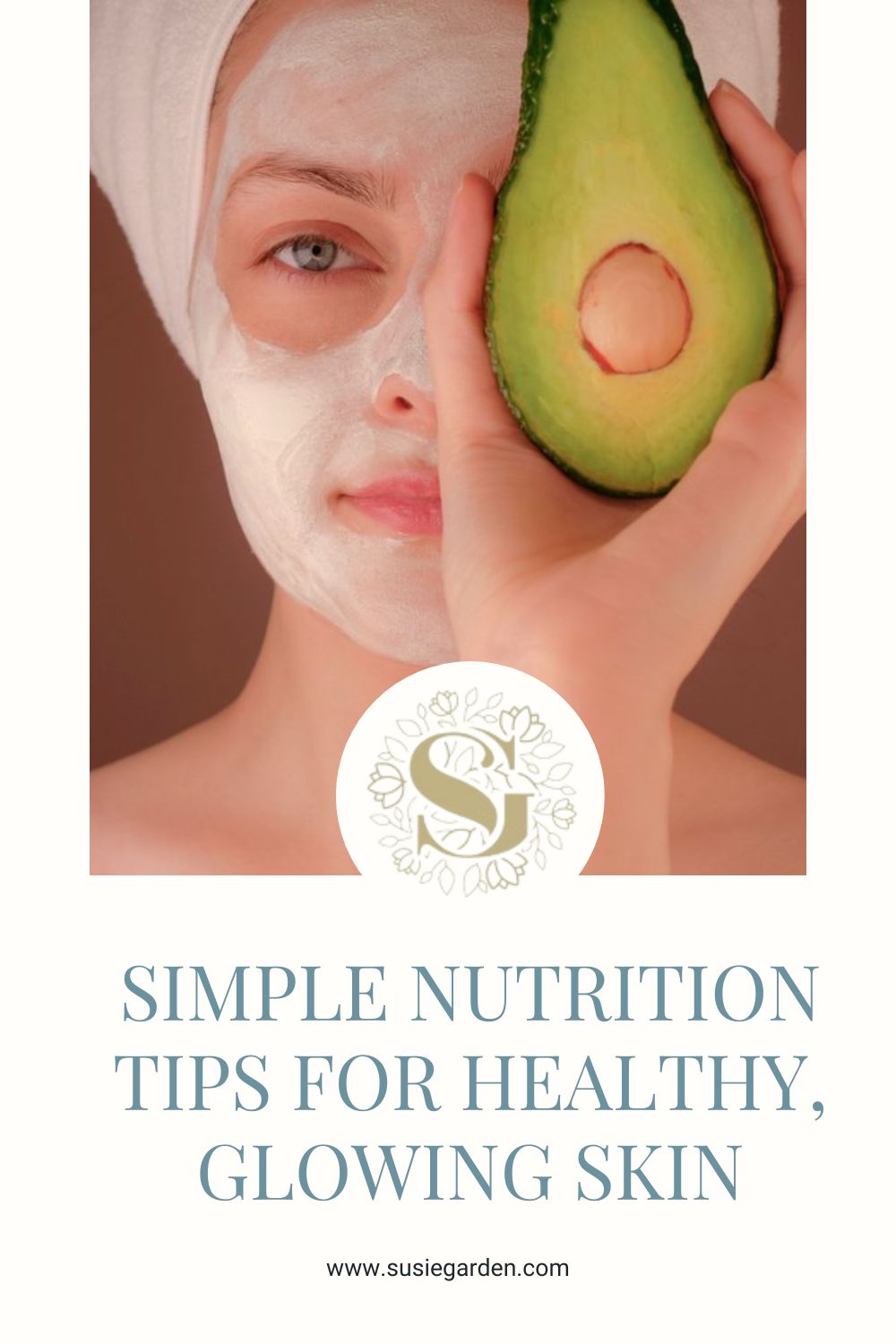Do you wish your skin was clear, calm and youthful? You don’t need to spend hundreds or even thousands on skin treatments, masks and cosmetic procedures – it all starts with some simple nutrition tweaks.
If you’re after healthy, glowing skin, this is what you want to focus on.
Simple Nutrition Tips For Healthy, Glowing Skin
Drink plenty of fresh filtered water
It might be on the surface, but your skin relies on what your body provides just like any other organ in the body. For healthy skin, it needs plenty of nutrition, functional detoxification pathways and of course hydration. And all of these essential mechanisms rely on having plenty of water in the body.
Dehydration can contribute to a host of skin-related symptoms including:
-
Dry, itchy or rough skin
-
Fine lines
-
Dull complexion
-
Reduced elasticity
-
Fragile skin that is easily damaged
So do your skin a favour and go drink a big glass of water ASAP!
Don’t fear fats
Or at least don’t fear healthy fats – think fats such as avocado, ghee, coconut oil & olive oil and omega-3 fatty acids such as those found in fish.
Essential fatty acids build the membranes of your cells, keeping them happy and healthy. Plus they also support the skin’s natural barrier, helping to keep your skin hydrated, plumper, and younger looking.
Omega 3s have some additional benefits to offer. For example, they can protect against sun damage & reduce inflammation. For those who dislike fish or are plant-based, you can include chia seeds, flaxseeds, hemp seeds and walnuts.
But do avoid this fat at all costs!
The one type of fat that can sabotage your skin health? Industrial trans fats – aka vegetable oils that are chemically altered to be solid at room temperature. Trans fats can drive systemic inflammation, which is bad news for your skin.
You’ll find these fats in highly processed foods, take-away (particularly fried food from restaurants that reuse frying oil!) and any food that lists ‘partially hydrogenated oil’ as an ingredient.
Unfortunately, in Australia, manufacturers are not required to declare trans fats on the nutrition label. The only time they must list it is if they make a nutrition content claim about cholesterol, saturated, trans, polyunsaturated, monounsaturated, or any of the omega fatty acids.
So your best bet is to stick to a diet of 80-90% wholefoods, and choose your ‘treat’ foods wisely.







